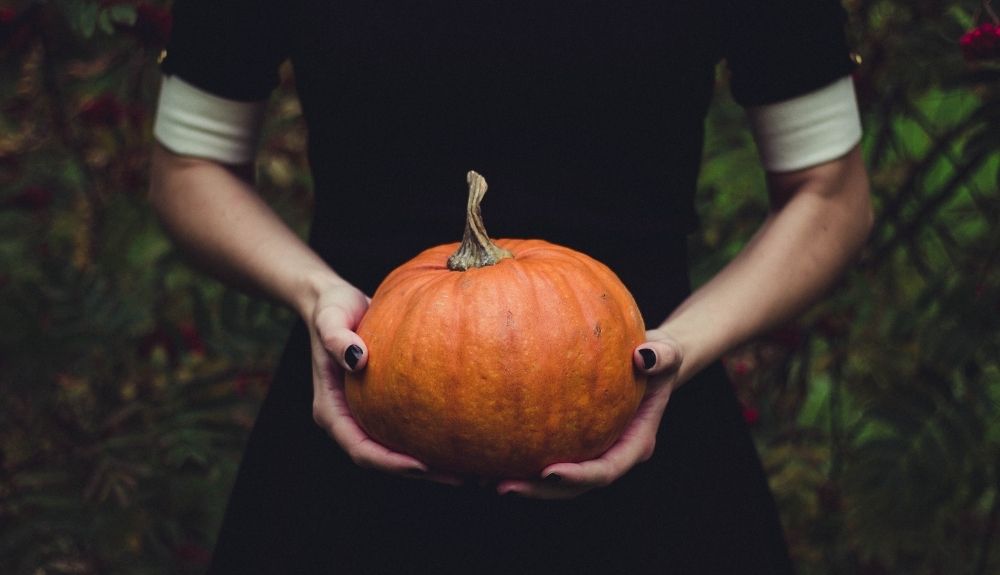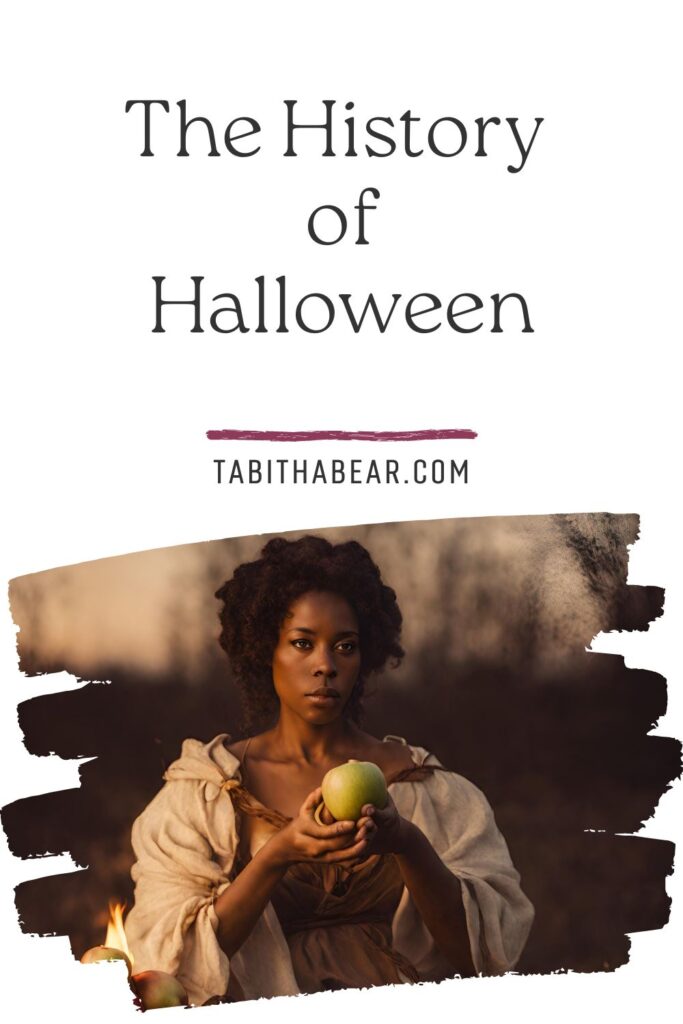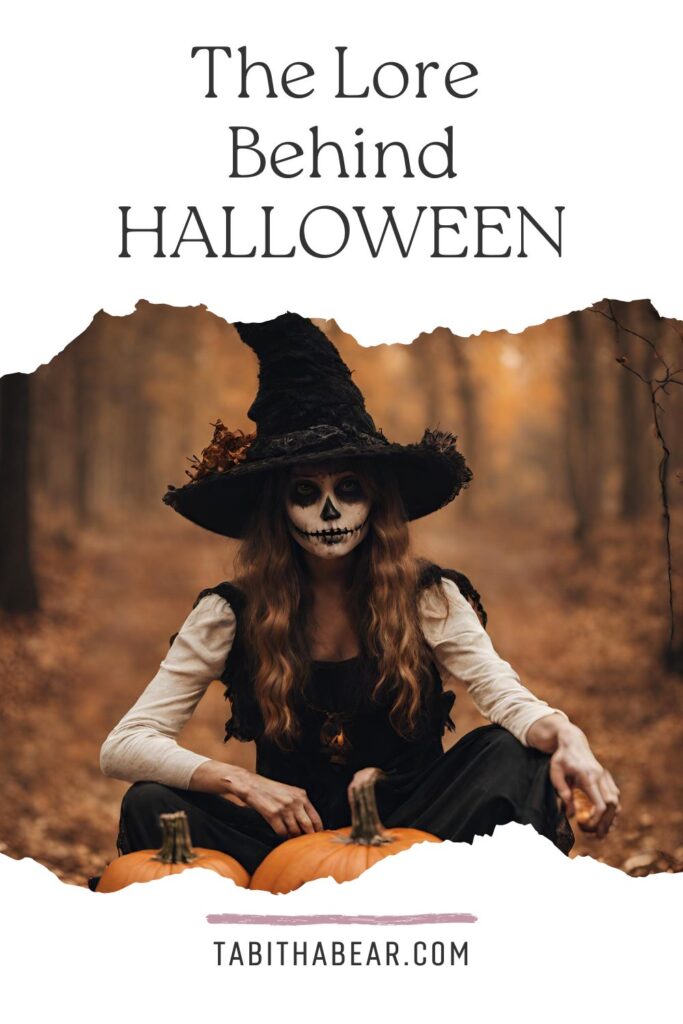
The farther we’ve gotten from the magic and mystery of our past, the more we’ve come to need Halloween.
Paula Curan
What initially started as curiosity as to where the phrase ‘All Hallows Eve’ comes from, turned into one of the best rabbit holes I’ve fallen down in quite some time. And it’s all about HALLOWEEN. Who doesn’t love a good Halloween rabbit hole? Let’s fall into the abyss together and talk about Halloween lore and history.
The Roots of Halloween Lore
Our journey begins in Ireland, before the Romans. Full on Ancient Celtic culture. There is a festival that is 3 days and 3 nights called Samhain (pronounced Sah-win) that happens at midpoint of fall equinox and winter solstice. The technical midpoint is October 31st, and is also known as a ‘cross quarter day’.
Samhain is a – basically mandatory for superstitious reasons – community festival. Everyone would let the fires burn out in their homes. Druid priests would light a sacred, community bonfire at the festival, and everyone would take home a flame from this bonfire to relight the fire at home. It was thought to bring luck and protection during the winter.
During Samhain, the bridge between worlds is easily accessed by fairies, creatures, and even ancestors. It was also expected that the other worldly populations would use that bridge, and a lot of the lore is about fairies and creatures up to no good during this time, so Celts would dress up as animals and creatures to avoid being kidnapped.
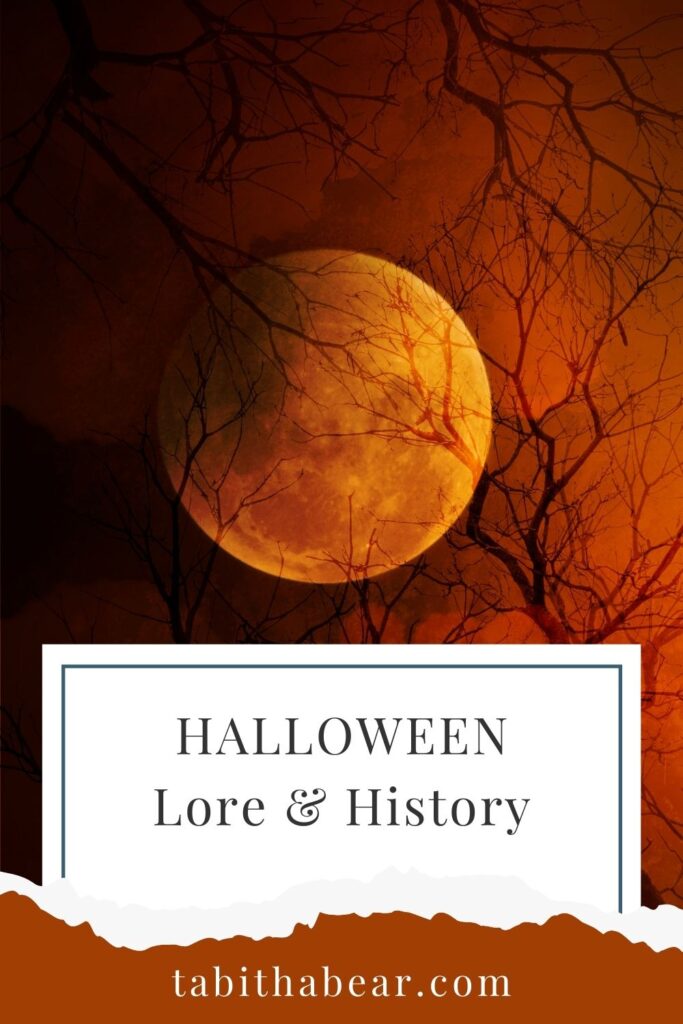
Halloween Influences From History
Enter in the Romans who ruled a majority of Celtic territory for hundreds of years. There are two Roman holidays that managed to ingratiate their influence in Samhain a bit.
The first is Feralia – it’s an observation day for the passing of the dead.
The second is honored to Pomona – goddess of fruit and trees – who is represented by an apple. The modern-day significance of this is seeing how apples are part of Halloween, bobbing for apples, candied apples, etc. And the time of year is when they’re harvested, it’s become a bit of a coincidence that it’s intertwined.
The Catholics Play A Part
In 609 CE, Pope Boniface made November 1 All Saints’ Day. In Old English, it’s called allholowmesse (All Hallowsmas), making October 31st All Hallows Eve.
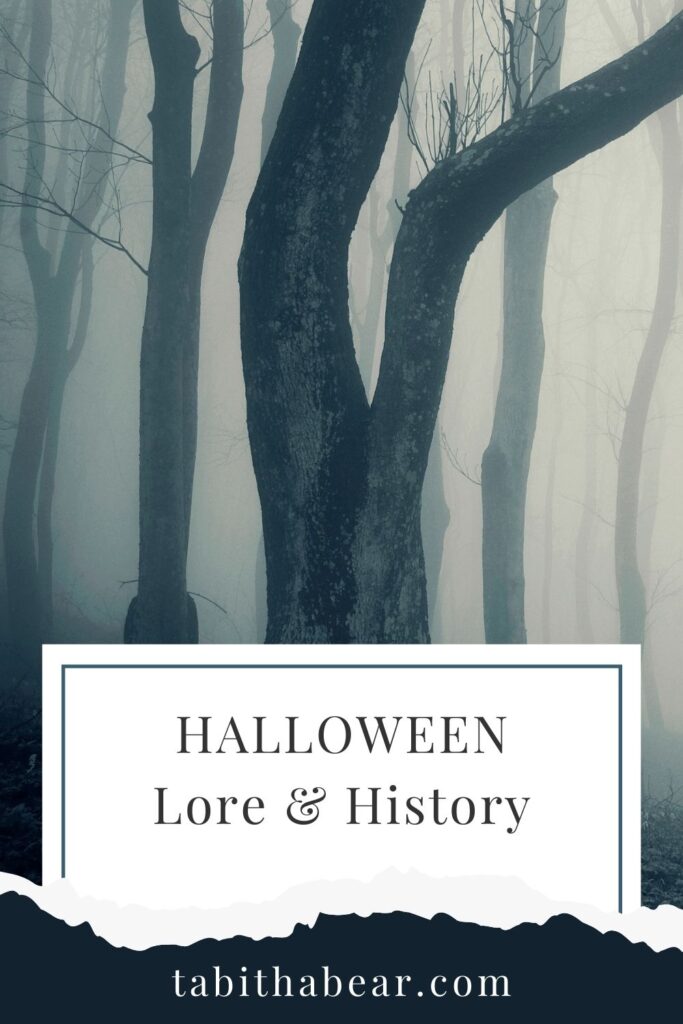
American Popularization
In the 19th Century, the United States saw a massive increase in Irish immigrants because of the Potato Famine, and they brought Samhain with them! In the beginning, American Halloween celebrations were very much about the community and did not have as many ties to treats and trickery and horror like we’re used to today. Although, there was a period of extreme vandalism at the community events.
With the baby boom in the 1950’s, there was a shift in the Halloween demographic. Its aim focused on just children instead of communities and evolved over the last few decades to where we are now.
I’m not sure about you, but I’d love to go back to community bonfires!
What Do you think about all of this halloween lore and history?
You can find more folktales and lore from around the world HERE.

Never Miss An Adventure.
